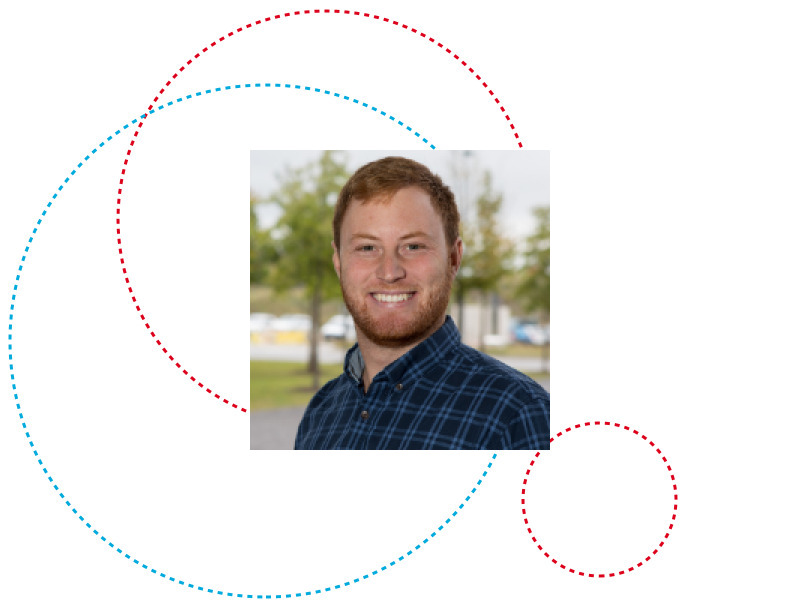Please click on this link and join the online PhD defense.
Members of the defense committee:
– Prof. Dr Jean-Régis HADJI-MINAGLOU, Université du Luxembourg, Chair
– Prof. Dr Miguel Angel OLIVARES MENDEZ, Université du Luxembourg, Vice-Chair
– Prof. Dr Holger VOOS, Université du Luxembourg, Supervisor
– Prof. Dr Maryam KAMGARPOUR, The University of British Columbia, Member
– Prof. Dr Mohamed DAROUACH, Université de Lorraine, Member
Abstract:
Autonomous aerial robots are expected to revolutionize many industries, such as construction, transportation or even space exploration. However, to tar- get an industry where different robots and humans are meant to share the same space our algorithms need to provide safety and efficiency guarantees. Navigating autonomously in these kind of environments poses a great chal- lenge. We may face a significant number of obstacles, and we can only estimate where they are and where they are expected to be, but not exactly. Dealing with these uncertainties is a challenging problem in most robotics applications, including motion planning and control. During the last decade, major contributions have established the theoretical basis upon which op- timal motion planning and control with safety guarantees can be achieved. However, they involve a high computational cost that scales exponentially with the number of obstacles, rendering a limited domain of robotic applica- tions. The main contribution of this thesis provides an efficient, scalable and safe approximation to this problem, allowing its application to embedded systems with fast dynamics such as aerial robots. This thesis also includes an additional contribution that allow these methods to plan longer trajec- tories with a minimal computational footprint, allowing to better anticipate evasive maneuvers. These contributions have been validated mathematically, in simulation and in real-time operation on aerial robots, handling uncertain dynamic obstacles such as pedestrians.
